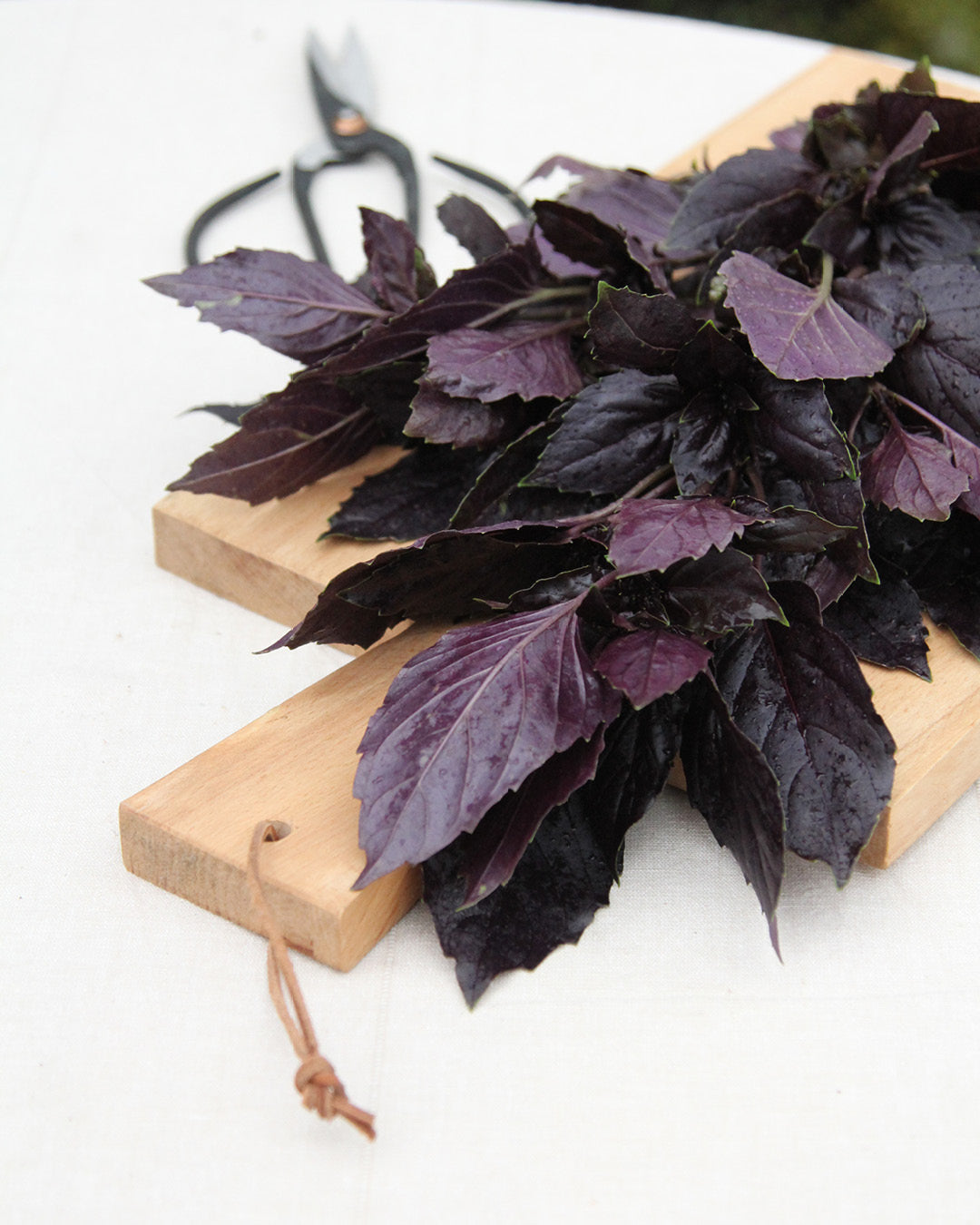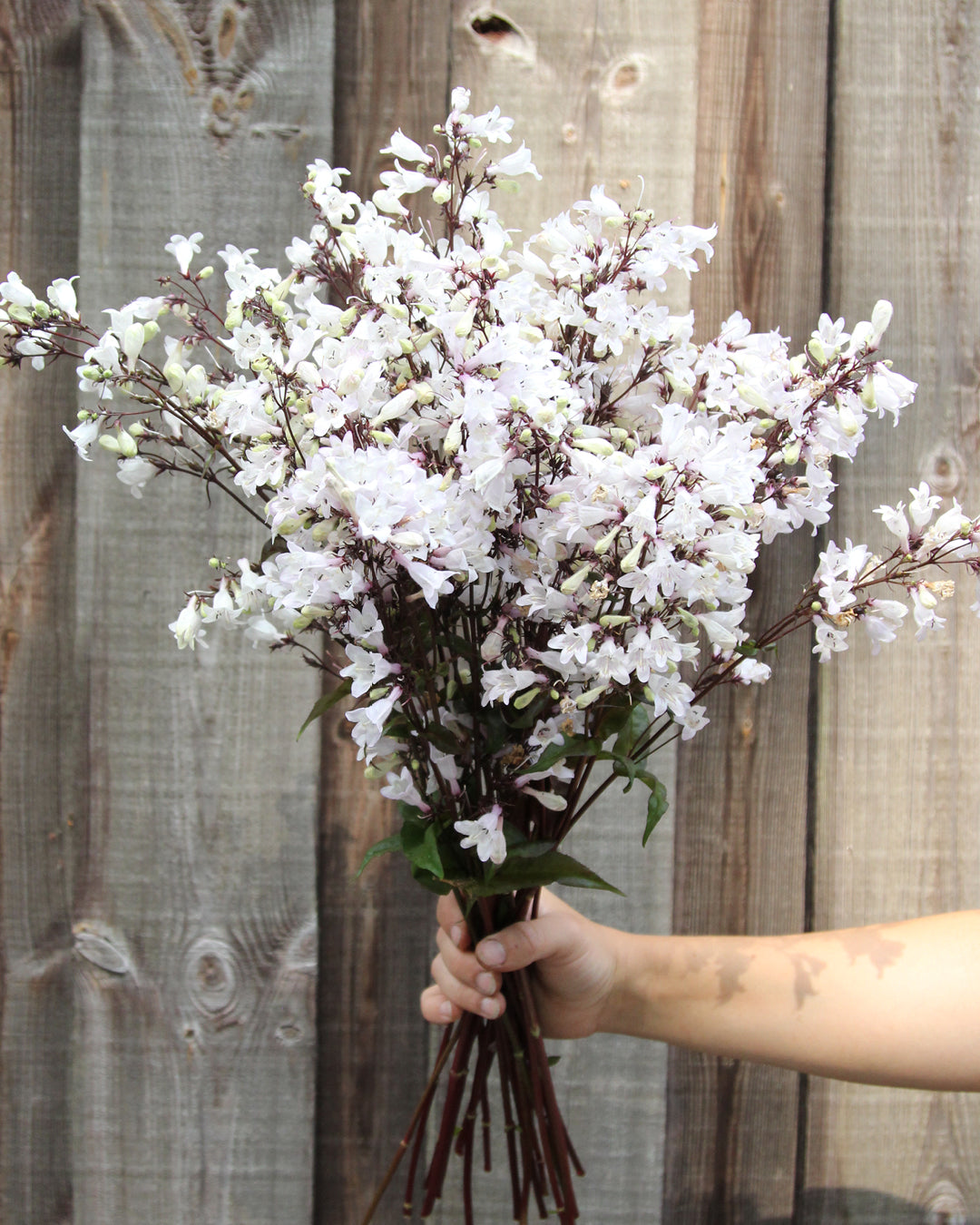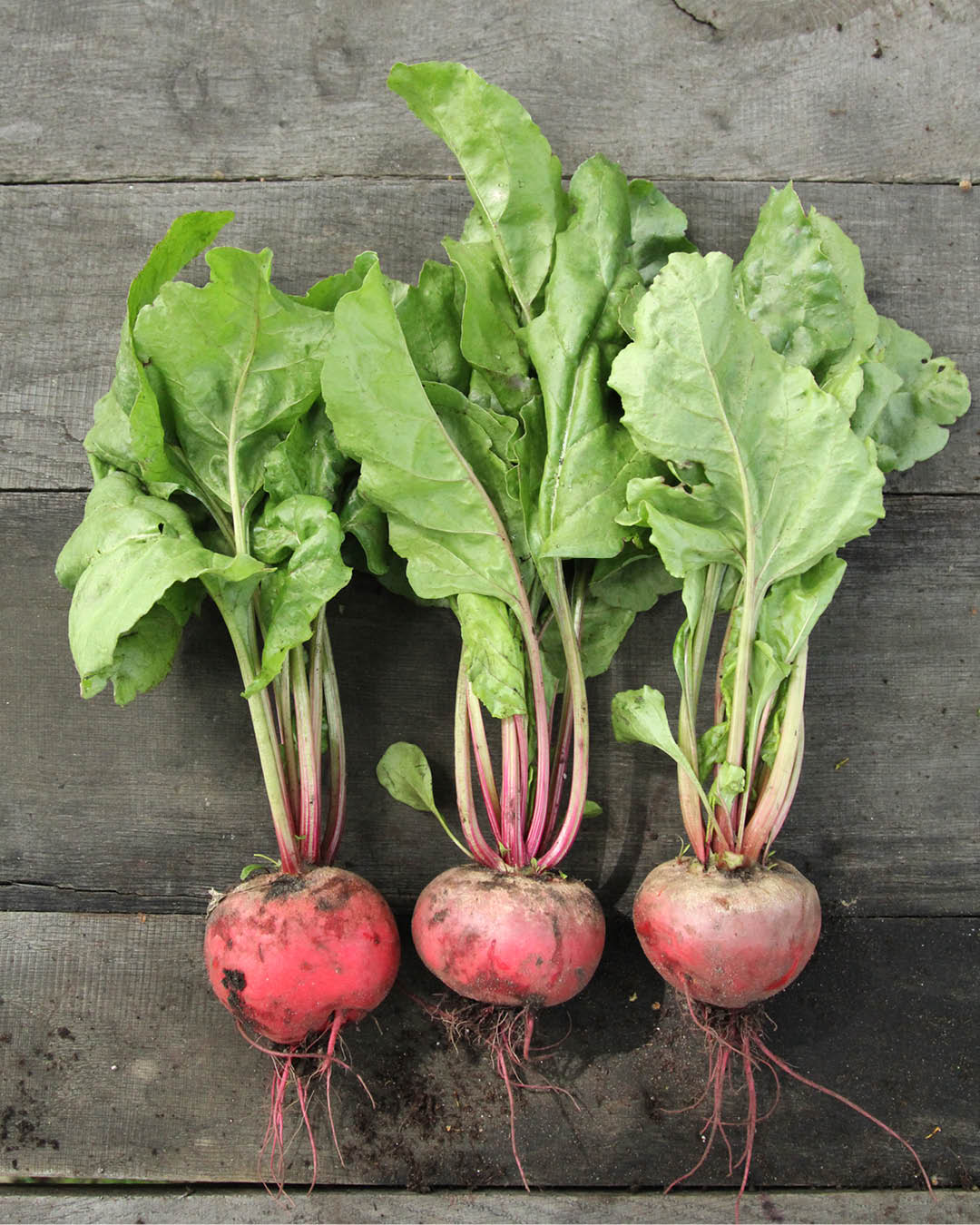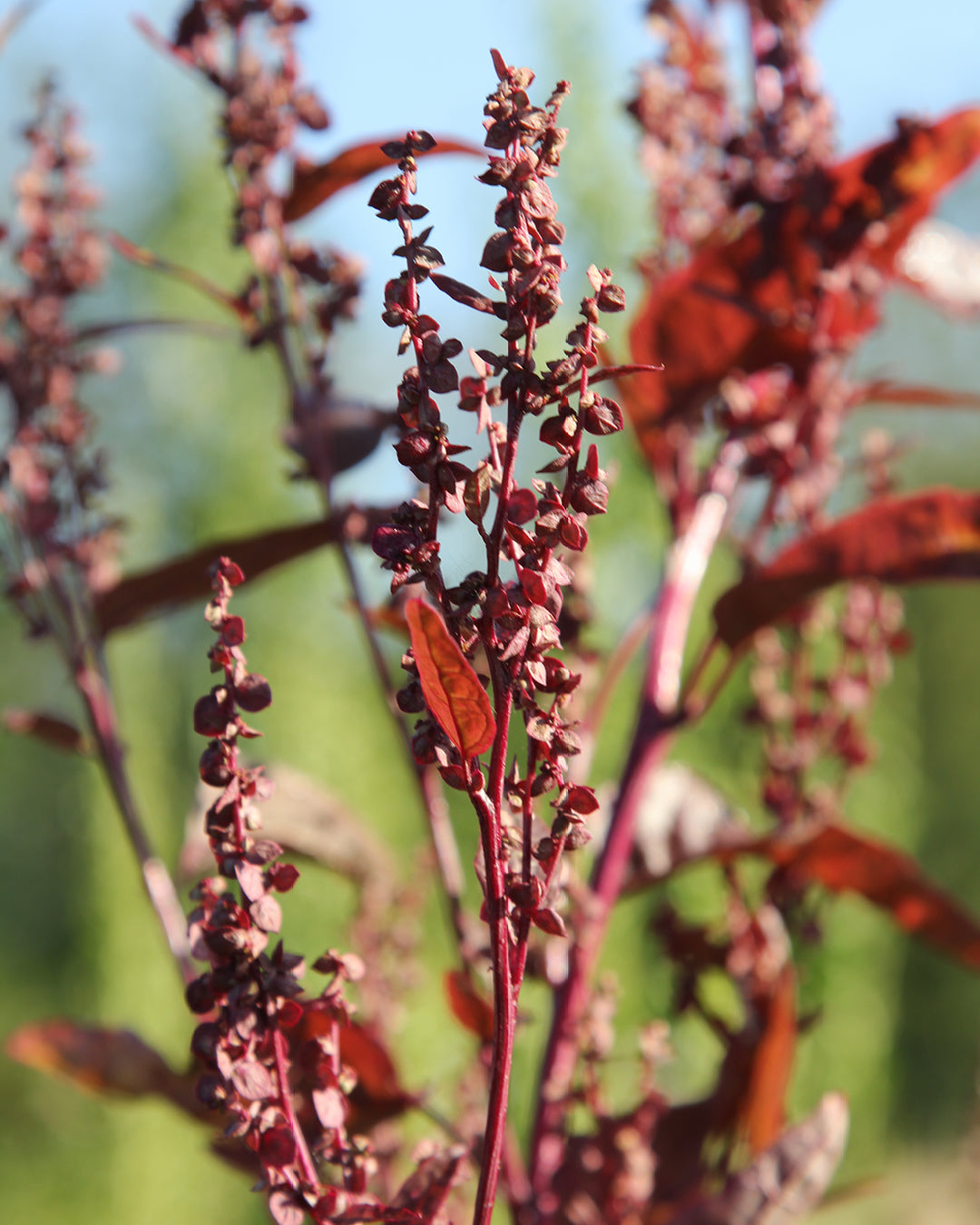Starling (Sturnus vulgaris)
With their extraordinary talents as vocal imitators and elegant formation artists, starlings are not ordinary birds and were rightly named “Bird of the Year 2018”.
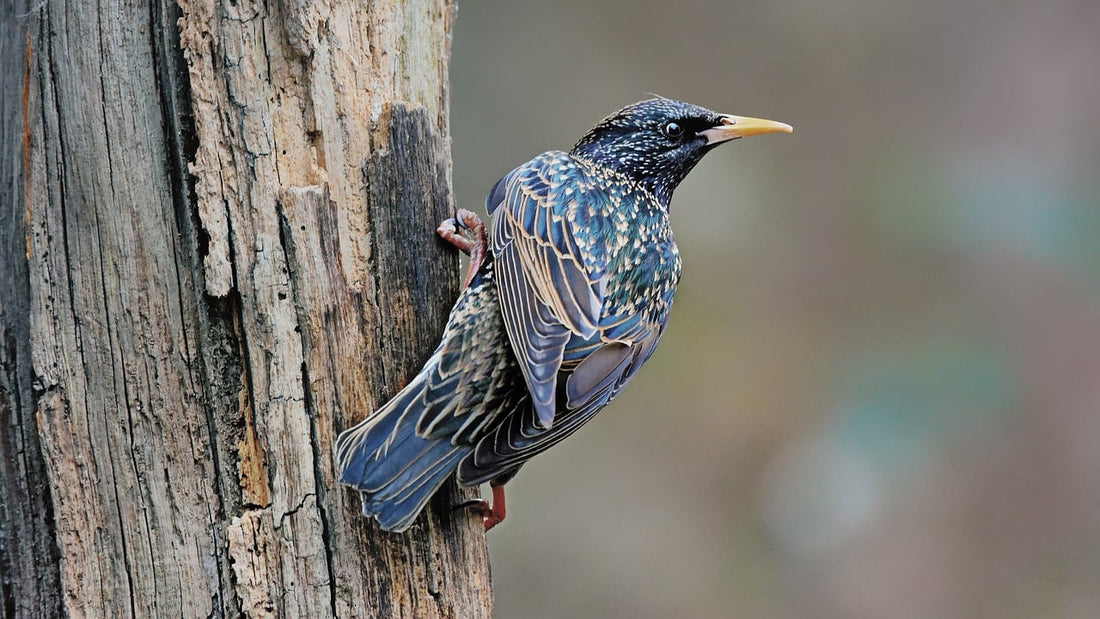
Look:
From a distance, you might think starlings have boring brown plumage. But on closer inspection, you'll notice that in spring and summer their plumage shimmers purple or greenish-violet, with bright pearls shining on a dark background. In winter, they wear their black plumage; then the beak is darker and the feathers wear down. They become darker and the white spots disappear. But just in time for the next breeding season, starlings impress again with their magnificent shining effects. The plumage of males and females looks the same, but they differ in size and weight. The young birds are dressed in a subtle earthy brown. The beak is dark in winter, as well as in young and adult birds, but during the breeding season it is a striking yellow.
Agree:
When it comes to their voices, starlings live up to their name. They are capable of perfectly imitating other birds and possess a rich and varied vocal repertoire. In addition to their own repertoire, starlings have a multitude of other melodies up their sleeves. If you hear a piercing croak in a starling's vicinity, it's probably a begging chick. However, cell phone ringtones or dog barks are also incorporated into their song.
Happen:
Starlings prefer open spaces with short vegetation, which is why they are not found in dense forests. Starlings also require nesting cavities for breeding, which makes agricultural landscapes devoid of trees and buildings unattractive. Starlings have proven highly adaptable to human habitation. The native starlings overwinter in western and southern Europe, but return to us very early. In spring and autumn, they impress with breathtaking flight formations on their migration to and from their wintering grounds. Thousands of starlings glide through the air in vast, black flocks, perfectly coordinated, forming funnels, spirals, or clouds.
Lifestyle/Behavior:
Due to their early return, starlings are able to occupy the best breeding sites as early as March. They are not particularly picky; any reasonably large hollow represents a potential nursery. They are a sociable bird that also forages in small groups.
Food/Feeding:
Starlings are very flexible in their choice of food: During the breeding season, they prefer nutritious animal foods such as insects, spiders, snails, or worms. It's particularly interesting to watch starlings catch the fat queen ants in mid-air. In summer and autumn, when the first berries are ripe, they usually switch to a plant-based diet.
TEXT: Carina Neve/Victoria Wegner

